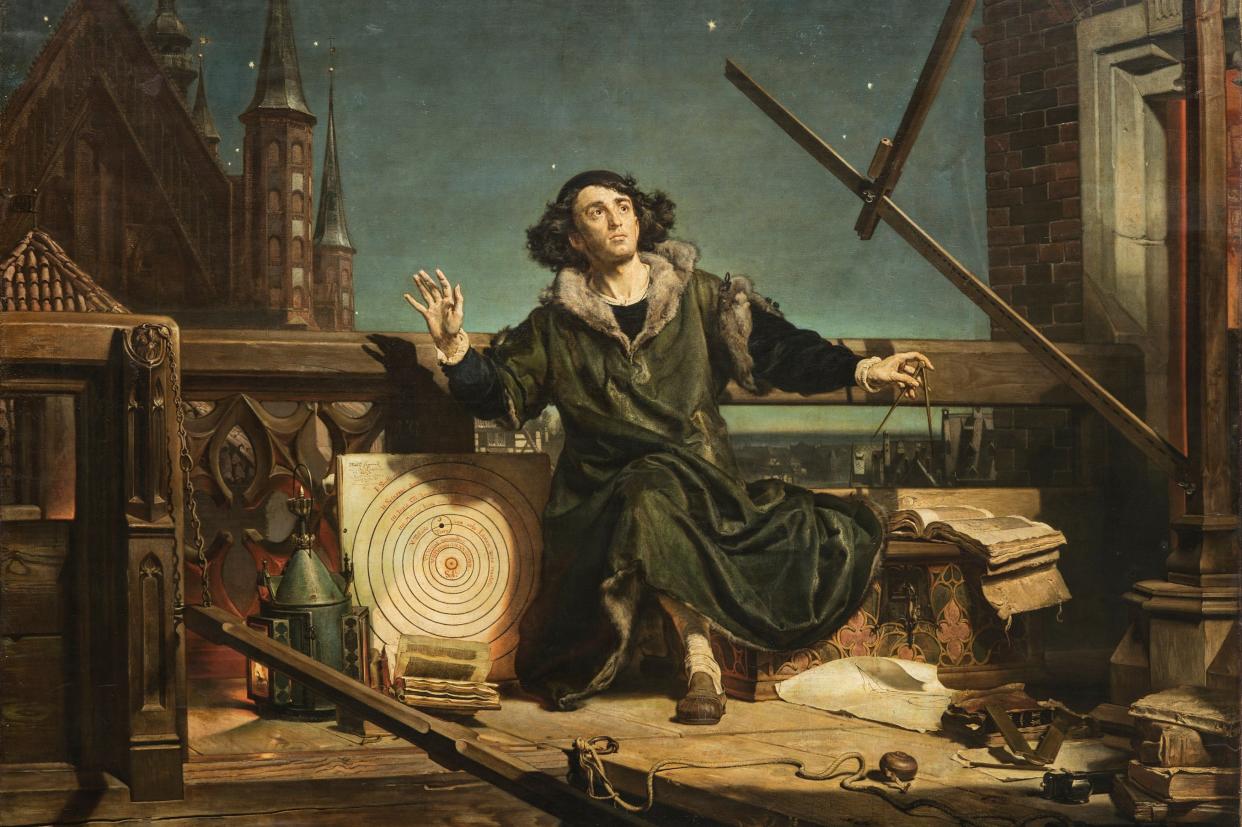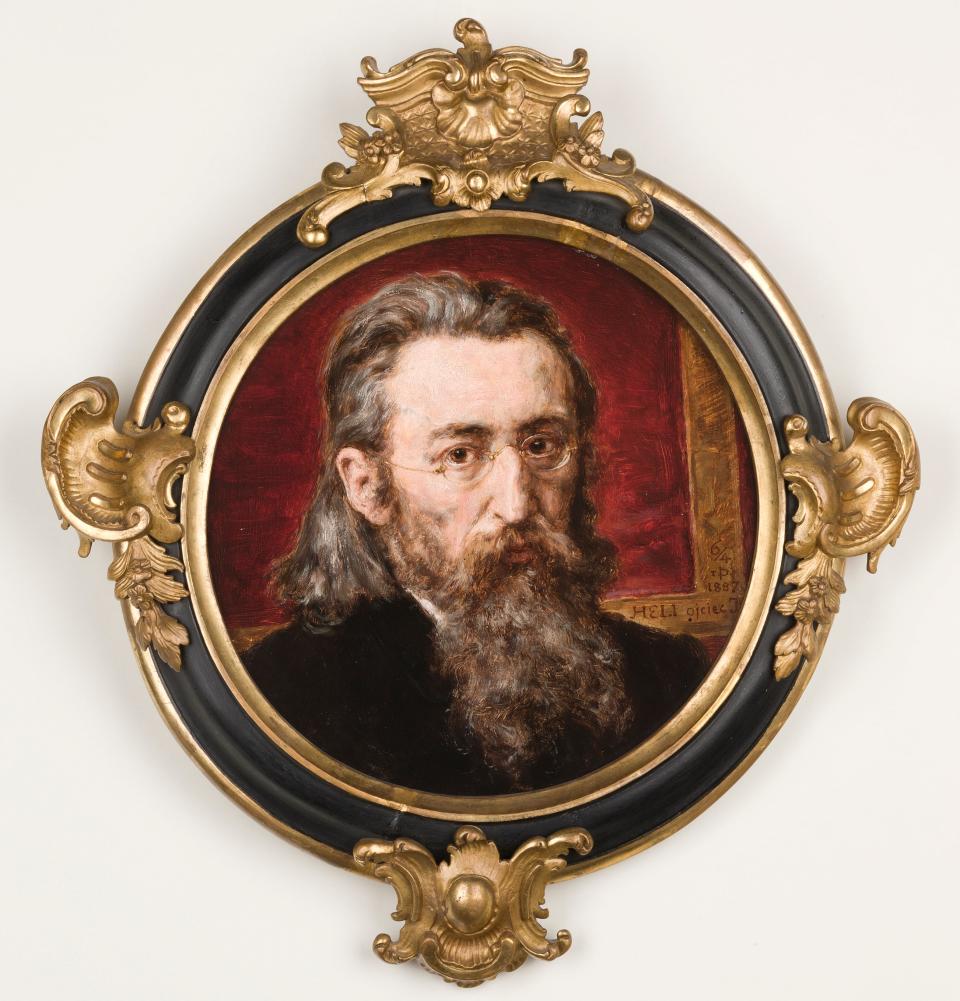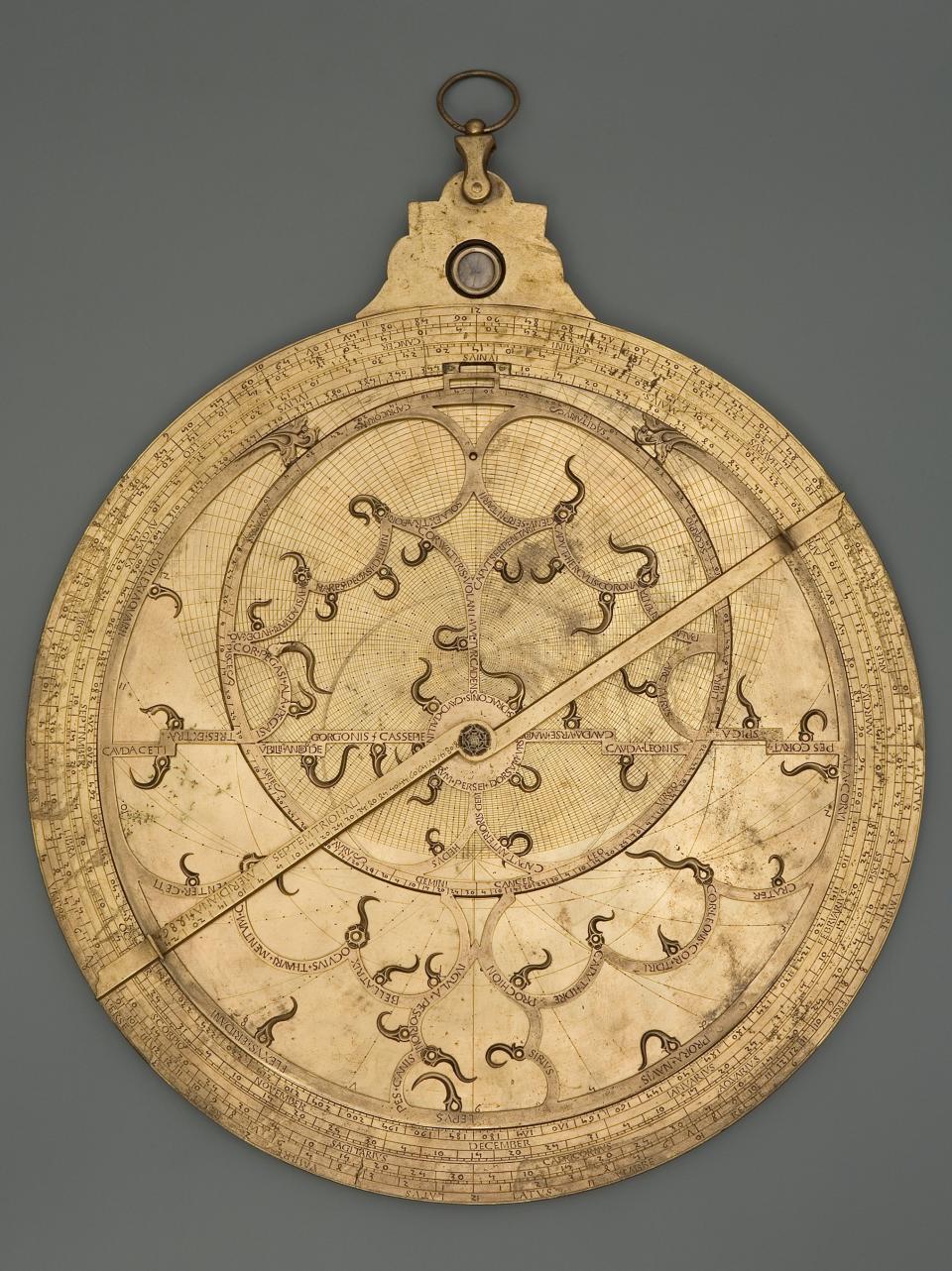Matejko’s Copernicus - the Polish master crossing borders 148 years later

Jan Matejko’s The Astronomer Copernicus, Conversations with God, 1873
(Jagiellonian University Museum, Kraków)The striking thing about the National Gallery’s new exhibition, organised around a single painting, is not just the subject or the painter or the work, though all are remarkable. It’s the fact that this is the first time that a major work by a Polish artist has ever been exhibited there. Think about that. As of June 2020, there were around 127,000 Poles living in London alone. As the director, Gabriele Finaldi (whose mother is half Polish) observes, “It is surprising, perhaps, to realise that there are entire and important strands of European painting that remain unrepresented in the collection of the National Gallery.”
Now the gallery is making an attempt to put that right. “Special displays like this one serve to open up a broader understanding of the rich European artistic tradition of which we are the heirs,” Finaldi adds.
Quite so. Poland was once obliterated from the map of Europe by its neighbours, but it took more than partition to remove it from its place in European culture. This picture of one of the greatest Poles, Nicolaus Copernicus - a cleric who was the first in modern times to articulate the principle that the earth moves around the sun - was painted for the anniversary of his birth in 1473 four centuries later in 1873. The painter was Poland’s greatest artist of historic subjects, Jan Matejko, and it was part of his lifelong bid to awaken Polish national consciousness. Matejko was once fêted throughout Europe but large-scale historical painting has gone out of fashion – which says more about us than about the genre – and the Polish struggle doesn’t resonate with us as it did in the nineteenth century. But in Poland he still looms large.

The painting depicts Copernicus by night on the tower of the cathedral where he served as canon. He gazes upwards, awestruck, his right hand raised as if in wonder, his left holding an instrument for measuring the heavens. To one side, his great book On the Revolutions of the Celestial Spheres (a 1543 copy of which is on display in the exhibition) stands open at the page where he shows the planets orbiting the sun, with the place of the earth circled. It was a book that anticipated Galileo, by an orthodox Catholic cleric, and was dedicated to Pope Paul III.
The image was telling as a celebration of a Pole, a Catholic and a scientist, and the picture was consciously intended to claim Copernicus for his nation at a time when Prussian intellectuals were trying to appropriate him for Germany. It is a stirring picture which has no obvious basis in historical fact, but as Matejko insisted, historical paintings may not reflect the circumstance of a given moment, but they do tell us about the larger truth about the subject.
In the case of Copernicus, it was a scientist being illumined by God as he engages his reason in astronomy. It is a polemical contribution to the debate on faith and science. Is it Copernicus offering his thesis to God? What seems certain is that the astronomer is looking up to something greater than the stars.

The painting hangs in the great hall of the Jagiellonian University in Kraków, where Copernicus himself studied. And although it is consciously nationalist, the painter and the subject do not fit narrow ethnic categories. Matejko’s father was Czech, his mother partly German and a Protestant. Being a Pole was not, then, only about ethnicity so much as about values – which was one reason why that problematic German, Nietzsche, tried to make out that he was a freedom-loving Pole, a descendant of Polish nobles, rather than a German (it’s not quite how he was seen subsequently).
As for Copernicus, his first language may have been German, his parents were German and he spent some of his formative years studying in Italy – he lodged with the university astronomer in Bologna – before returning to be a canon of Frombork Cathedral, where his uncle, the bishop, was his patron. The student who did most to popularise his book and find it a publisher in Nuremberg was a Protestant German. Sixteenth century Europe was being divided by religion but humanist Europe was in many ways still without borders, especially through the international networks of the Church.
This was the context for Copernicus’s observation that a sun-centred universe made sense: “in no other arrangement do we find such a harmonious relation between the size of the orbit and the planetary period.” It’s not quite as snappy as Galileo’s: “And yet it moves!”, but it was still revolutionary. It changed men’s way of looking at themselves and their place in the universe.

So, what was the difference between Copernicus and Galileo? How did Copernicus manage to articulate a revolutionary heliocentrism more than a century before Galileo without incurring any censure from the Church? Copernicus was of course discreet. He wrote a manuscript version of his theory in 1514 but he did not distribute it widely. For one thing, it was difficult to find a publisher in Poland who could deal with the tables and mathematics in the book. Copernicus’ theory only really exploded on the European stage just before his death, when his German Protestant student, Georg Joachim Rheticus, took De Revolutionibus Orbium Coelestium back with him to Germany and had it published in Nuremberg in 1543. And early in the Reformation, the Church’s position was paradoxically more open on an hypothesis about the place of the earth in the universe.
It was only in 1614, when the position had hardened, that the book was put on the Church’s index of forbidden books. As for Galileo, the commonest take on his confrontation with the Inquisition and with Cardinal Bellarmine was that he had taken a position that was more than an hypothesis and went beyond the evidence available at the time; at any event he returned to favour later. What Copernicus, Galileo and the Inquisition all had in common was a belief that God showed himself in both nature and scripture; there could not be fundamental incompatibility between them.
And this is where Matejko’s striking picture comes in, four centuries later. Copernicus in this picture is looking up to God, with his book open at the very page where the sun is shown at the centre of the universe. And the light – a divine light? – shines on the page. This picture is a celebration of a great Pole, certainly, but it is also a visual declaration that God is pleased when men like Copernicus try to understand the universe.
Conversations with God: Matejko’s Copernicus is at the National Gallery from May 21 to August 22, nationalgallery.org.uk
Read More
Be still my beating art! Our critic’s first week back in the galleries
Frank Walter at David Zwirner review: A show to soothe your mind
Illuminated River: artist Leo Villareal on lighting up the Thames

 Yahoo Movies
Yahoo Movies 
